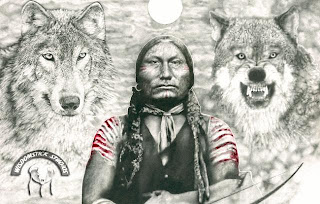Celery growth after 3 weeks
There is a neat trick that you can do with celery, you
can Regrow it. This is a great project for kids too. It can teach them just how
amazing nature is; it perseveres and never gives up.
Here are the easy steps.
1. Buy a whole celery stalk, with the root bottom still intact. Cut the bottom off leaving 2 inches of stalk attached.
2. Place the bottom in a bowl of water. Don't completely cover the stalk.
3. Place in a sunny spot and wait approx a week. You will begin to see the middle of the stalk sprout.
4. When your stalk is well established, you can either plant it in a pot indoors or you can start it outside once the danger of frost has passed.
You can keep your own supply of celery growing all year.
Here are the easy steps.
1. Buy a whole celery stalk, with the root bottom still intact. Cut the bottom off leaving 2 inches of stalk attached.
2. Place the bottom in a bowl of water. Don't completely cover the stalk.
3. Place in a sunny spot and wait approx a week. You will begin to see the middle of the stalk sprout.
4. When your stalk is well established, you can either plant it in a pot indoors or you can start it outside once the danger of frost has passed.
You can keep your own supply of celery growing all year.
** You can also do this with romaine, pineapple, and lettuce




